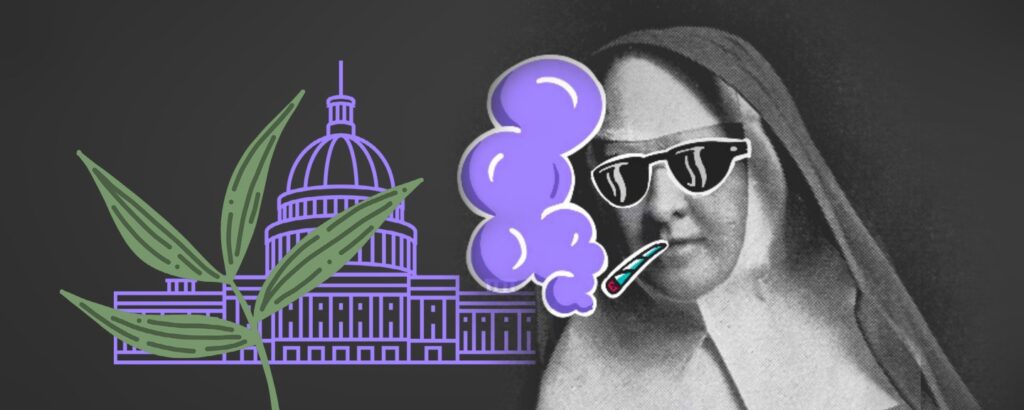A timeline in red, white, blue and green.
We can often take for granted the ease of driving to Trove, picking up our bud of choice, and enjoying it at home alone or with friends and family. It hasn’t always been that easy and it still isn’t for most of the country. We wanted to pay tribute to our cannabis history and show just how far we’ve come. Check it out!

1850-1941
From 1850 to 1941, cannabis was listed in the U.S. Pharmacopoeia as a substance with many medical uses. Imported primarily from Mexico, cannabis was found in tinctures sold at pharmacies and general stores for a large variety of ailments.

1915-1927
Cannabis prohibition begins in the United States, starting in California. Several other states follow suit. Despite this, the 18th Amendment to the U.S. Constitution banned the manufacture and sale of alcohol, and proponents of alcohol prohibition touted cannabis as a safe, attractive alternative to alcohol consumption.
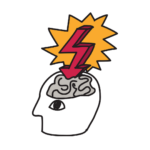
1933-1936
In 1933, The U.S. Congress repealed Alcohol Prohibition, turning their focus on the prohibition of cannabis. Then, in 1936, the film Reefer Madness was made to scare American youth away from cannabis consumption.
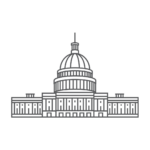
1937-1941
In 1937, the Cannabis Tax Act is passed and in 1941, cannabis is removed from the U.S. Pharmacopoeia, and all medical use of the plant is ignored or abandoned.
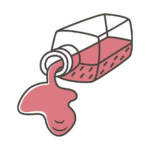
1942-1951
In 1942, the Office of Strategic Services develops a “truth serum” based on cannabis, which is used during interrogations in World War 2. In 1951, The Boggs Act and the Narcotics Control Act increase penalties and mandatory minimum sentences.

1970
The National Organization for the Reform of Cannabis Laws (NORML) forms. The Comprehensive Drug Abuse Prevention and Control Act removes mandatory sentencing from drug crimes on a federal level, but some states continue to use mandatory minimum sentencing.
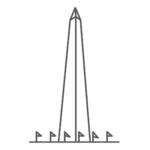
1972-1977
In 1972, the Shafer Commission urged the government to re-legalize cannabis, but was ignored by Nixon. Then in 1977, President Jimmy Carter pushes for cannabis decriminalization on a federal level, but is blocked by Congress.
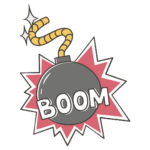
1986
President Ronald Reagan takes the opposite stance from Carter, and signs the Anti-Drug Abuse Act into law. The new law reinstates mandatory minimum sentencing and begins the local and international “War on Drugs”.

1992
Despite the AIDS epidemic being in full swing and a huge surge of AIDS sufferers requesting medical cannabis, the U.S. Government bans all “compassionate use” laws.
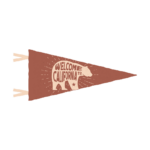
1996
California becomes the first state to re-legalize cannabis for medical use, in direct defiance of federal law. Arizona quickly follows suit, followed by 13 other states.

1997
The American Office of National Drug Control Policy contracts the Institute of Medicine to examine cannabis’s potential medical uses. The IOM concludes that cannabis is a “safe and effective medicine.” The federal government completely ignores the IOM recommendations.

1997-2001
President Clinton pushes for the “war on drugs” to target medical cannabis users and providers in CA and other states that legalized medical use. In 1999-2000, legalization for Alaska fails. Both Hawaii and North Dakota fail to legalize hemp cultivation.
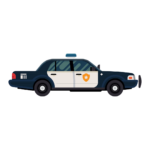
2001-2009
President Bush urges the DEA to crack down on medical cannabis users and providers in California. Then, when President Obama takes office, he pushes for the end to the “War on Drugs.”

2010
Proposition 19 in California is placed on the ballot in an attempt to legalize the recreational use of cannabis. Attorney General Holder announces that he will “vigorously enforce the Controlled Substances Act” and prosecute anyone who attempts to possess, manufacture, or distribute cannabis recreationally. Proposition 19 fails.
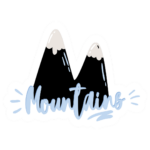
2012-2014
In 2012, Colorado and then Washington State legalize cannabis for recreational use. In 2014, Initiative 502 allows Cannabis City, Seattle’s first legal recreational cannabis store, to open its doors. Dozens more across the state follow suit.

2015
Polls show that nearly 50% of the population of the U.S. has tried cannabis recreationally at least once, and nearly 6% use cannabis daily. More than 50% of the population are in favor of cannabis legalization, whether medically or recreationally.

November 15th, 2015
Trove Cannabis opens its doors in Bellingham, Washington, and quickly becomes the city’s most beloved recreational cannabis retailer! Find out more about the timeline here.
History is wild..
Whatever is on your agenda, we hope your festivities are accompanied by some weed.


